Blog Replica Watches
What is mechanical watch error and how to fix it with DWatch Global
Solving Accuracy Issues in Mechanical Watches
During the use of mechanical watches, encountering accuracy issues is quite common. Below, we will explore the causes of these inaccuracies and how to address this problem to ensure the watch operates precisely. Let’s find out more details with DWatch Global.
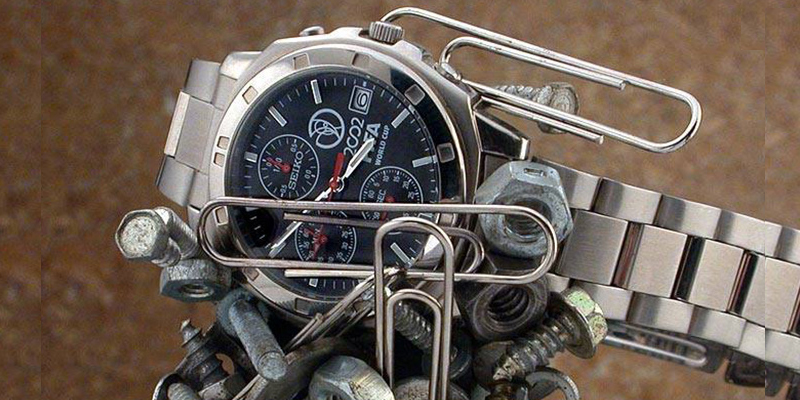
1. What is Accuracy Issue in Mechanical Watches?
Accuracy issue in mechanical watches refers to the deviation between the time displayed by the watch and the actual time over a specific period, often a day. This means that your mechanical watch may run either faster or slower compared to real time.
2. Causes of Accuracy Issues in Mechanical Watches
Several factors can contribute to accuracy issues in mechanical watches:
- Magnetic Fields: Mechanical watches are susceptible to magnetic interference from strong sources such as televisions, refrigerators, and speakers. To avoid this, limit the watch’s exposure to strong magnetic fields.
- Temperature: Mechanical watches are sensitive to temperature. Extreme cold or heat can alter the dimensions of watch components, leading to inaccuracies. Store your watch in a stable temperature environment.
- Physical Shock: Strong shocks or vibrations can damage internal watch components, affecting accuracy.
- Corrosion: Exposure to chemicals like cooking oil, perfume, or dishwashing liquids can lead to corrosion and rust inside the watch.
- Insufficient Power Reserve: If you wind your watch incorrectly or insufficiently, it may not have enough energy to operate accurately.
- Dry Lubrication: Mechanical watches require regular maintenance to ensure that the lubricating oil remains intact, facilitating smooth operation.
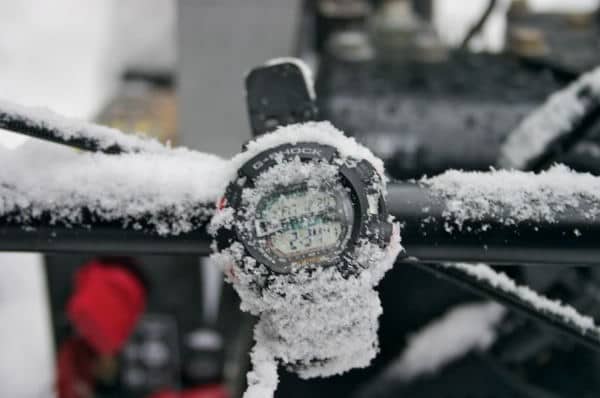
3. Permissible Accuracy Levels and Measurement Methods
When using a mechanical watch, it’s essential to understand the permissible accuracy levels for different types of watches and how to measure their accuracy.
Accuracy Levels for Common Mechanical Watches:
Most mechanical watches have a permissible accuracy level of approximately within 30 seconds per day. However, this level can vary depending on the type and quality of the watch. Here are some examples:
- Standard Mechanical Watches: These watches typically have an accuracy range of -20 to +40 seconds per day, roughly equivalent to a deviation of less than 20 seconds per day from the standard time.
- High-End Watches: Higher-end watches usually have an accuracy range of -10 to +10 seconds per day.
- Watches Certified as COSC (Chronometer Officially Certified): Watches with COSC certification have even higher accuracy standards, with a range of -5 to +5 seconds per day.
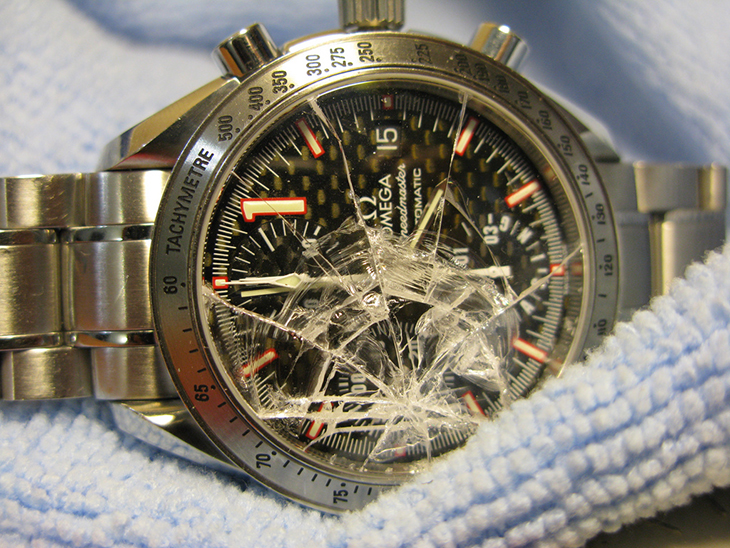
Measurement Methods for Accuracy:
- Manual Measurement: To manually measure the accuracy of your watch, follow these steps:
- Access an atomic clock or accurate time source and wait for a specific hour, e.g., XX:XX:00.
- Set your watch to synchronize with the atomic clock time at XX:XX:00.
- Let the watch run for 24 hours, then compare its time to the atomic clock to calculate the daily deviation.
- Repeat this process for several days to determine the average accuracy.
- Using a Timegrapher: A Timegrapher is a device used by professional watchmakers to measure watch accuracy. To use it:
- Place your watch on the Timegrapher’s stand.
- The device will automatically calculate the accuracy, beat rate, and balance wheel amplitude.
- A watchmaker can interpret the data to determine the watch’s accuracy.
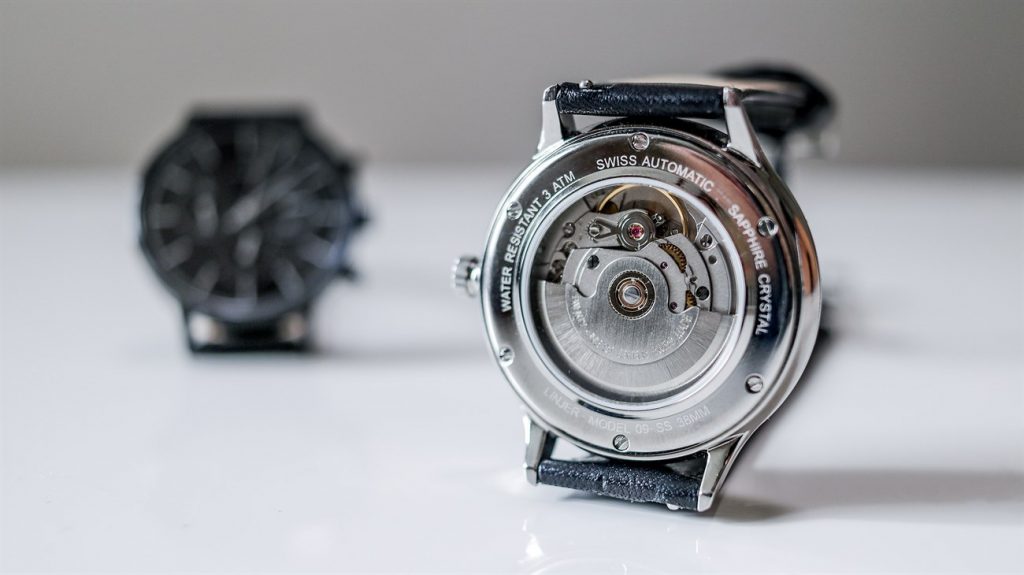
4. How to Reduce Accuracy Issues in Mechanical Watches
To reduce accuracy issues in your mechanical watch, consider the following:
- Regular Winding: Wind your watch daily to ensure a consistent power reserve.
- Wear Automatic Watches for At Least 8 Hours a Day: This ensures that the watch has sufficient movement to maintain accuracy.
- Use Winding Features (if available): If your watch has manual winding features, use them regularly.
- Set a Consistent Winding Time: Wind your watch at the same time each day to avoid forgetting.
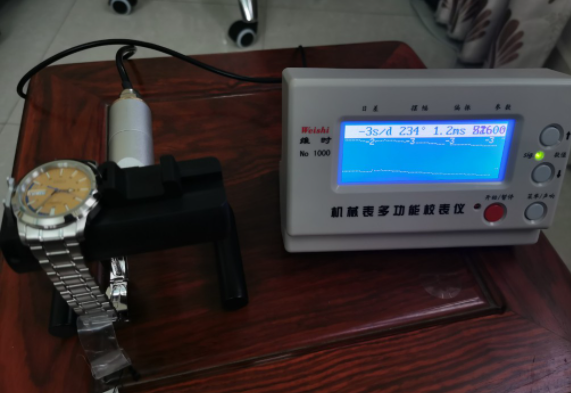
If, despite these efforts, your watch still exhibits significant inaccuracies compared to the manufacturer’s recommendations, it’s advisable to take it to a reputable servicing center for inspection and maintenance. This will ensure that your watch operates accurately and remains durable over time.

